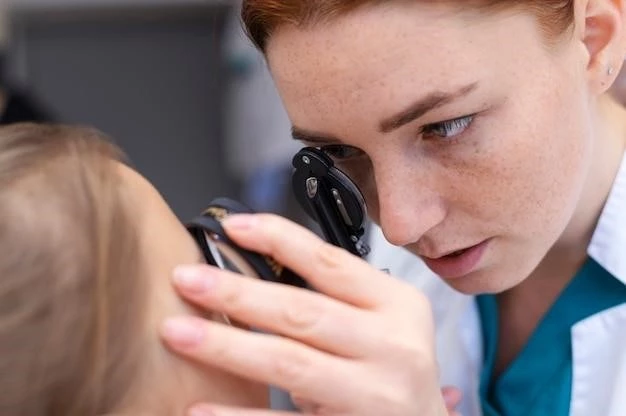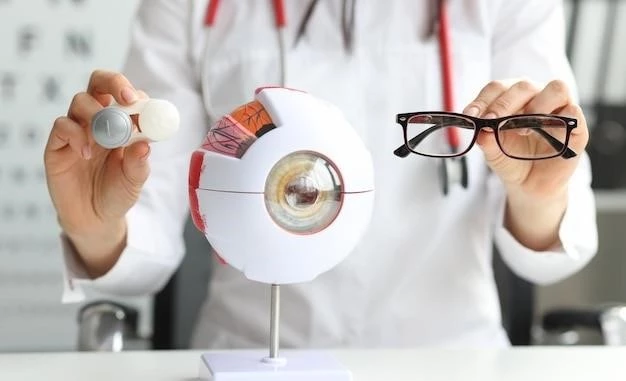Introduction to Pterygium of the Eye
Pterygium is a common ocular disorder characterized by a triangular overgrowth of tissue onto the cornea. Also known as surfer’s eye, this condition can affect vision if left untreated.
Pterygium, deriving from Greek words meaning wing and fin, is a fibrovascular overgrowth of tissue onto the eye’s cornea. It was first described by Sushruta, an ancient ophthalmic surgeon. This condition is also known as surfer’s eye or farmer’s eye.
Definition and Origin
Pterygium is a fibrovascular overgrowth onto the cornea of the eye, derived from Greek words meaning wing and fin. It was first described by the ancient ophthalmic surgeon Sushruta around 1000 BC.
Exposure to Ultraviolet (UV) Radiation
Pinguecula and pterygium, both affected by UV radiation, can cause irritation and vision changes. Pterygium is more extensive, growing onto the cornea and causing potential vision impairment.

Causes and Risk Factors
Exposure to ultraviolet (UV) radiation is a significant risk factor for developing pterygium, a condition characterized by the growth of tissue onto the cornea of the eye.
Common Symptoms of Pterygium
Redness, blurred vision, eye irritation, burning sensation, and itchiness are common symptoms associated with pterygium. In some cases, the growth can lead to decreased vision due to changes in the eye’s shape.

Symptoms and Diagnosis
Common symptoms of pterygium include redness, blurred vision, eye irritation, burning sensation, and itchiness. If left untreated, pterygium can lead to decreased vision due to changes in the eye’s shape.
Surgical Options for Pterygium Removal
Surgical removal is often the primary treatment for pterygium when symptoms become severe or if the growth affects vision. Common surgical techniques include bare sclera excision, conjunctival autografting, and amniotic membrane transplantation. These procedures aim to remove the abnormal tissue and prevent reoccurrence, improving the patient’s eye health and visual clarity.
Treatment and Prevention
Common treatments for pterygium include surgical removal, which aims to eliminate the abnormal tissue and prevent recurrence. Prevention strategies focus on UV protection and avoiding eye irritation.
Possible Vision Impairment Due to Pterygium
Pterygium can lead to decreased vision by growing onto the cornea and changing the eye’s shape. Symptoms like redness, irritation, burning, and itchiness can indicate potential vision problems with pterygium.
Current Research and Advancements
Studies suggest that computer-assisted pterygium screening systems can aid in early detection and preventive actions. Implementing deep learning and classification techniques improves the accuracy of identifying this condition.
Computer-Assisted Pterygium Screening Systems
Recent advancements in technology have led to the development of computer-assisted pterygium screening systems. These systems utilize deep learning algorithms and classification techniques to enhance the accuracy of detecting pterygium at early stages, enabling timely intervention and management of this eye condition.
